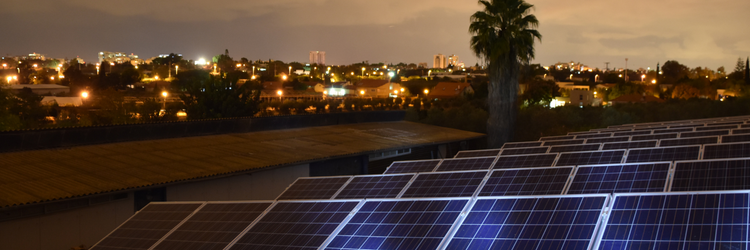Solar Energy Harvesting 24/7 May be in Our Grasp
Bo Zhao is an assistant professor of mechanical engineering at the Univerisity of Houston, and he may have just had the most significant breakthrough in solar energy.
Finding more efficient ways to harvest solar energy is critical for sustainable power and to shore up the electric grid. Currently, we can only harvest solar energy in the daytime, regardless of the efficiency of our photovoltaics.
Zhao, however, may be changing that.
“With our architecture, the solar energy harvesting efficiency can be improved to the thermodynamic limit,” reports Bo Zhao and his doctoral student Sina Jafari Ghalekohneh in the journal Physical Review Applied.
The thermodynamic limit is the maximum theoretically possible conversion efficiency of sunlight into electricity.
In traditional solar thermophotovoltaics (STPVs), the front side of the intermediate layer absorbs all photons from the sun. This layer then converts the solar energy into thermal energy, elevating the temperature within the layer. This process has a blackbody limit of 85.4%, falling short of the Landsberg limit with an ultimate efficiency of 93.3%.
“In this work, we show that the efficiency deficit is caused by the inevitable back emission of the intermediate layer towards the sun resulting from the reciprocity of the system. We propose nonreciprocal STPV systems that utilize an intermediate layer with nonreciprocal radiative properties,” said Zhao. “Such a nonreciprocal intermediate layer can substantially suppress its back emission to the sun and funnel more photon flux towards the cell.
We show that, with such improvement, the nonreciprocal STPV system can reach the Landsberg limit, and practical STPV systems with single-junction photovoltaic cells can also experience a significant efficiency boost.”
Zhao and Ghalekohneh’s system offers a new pathway for photovoltaic improvements in size, efficiency, and dispatchability.

